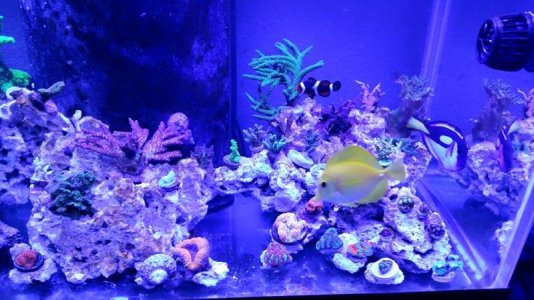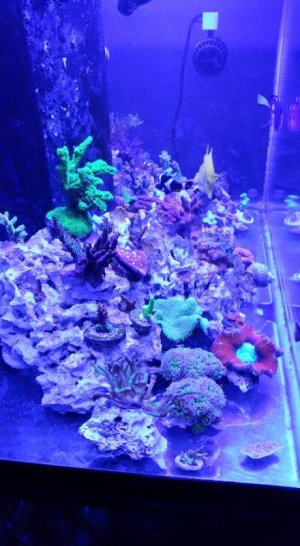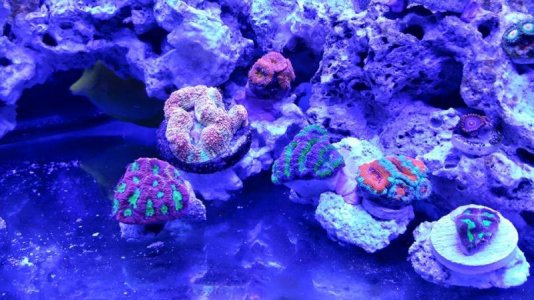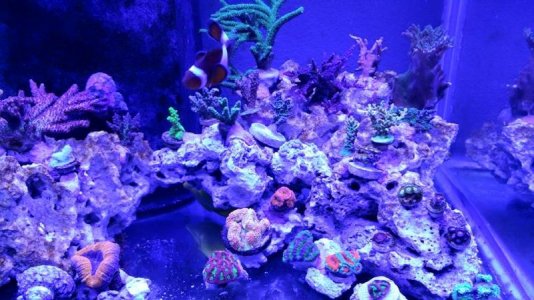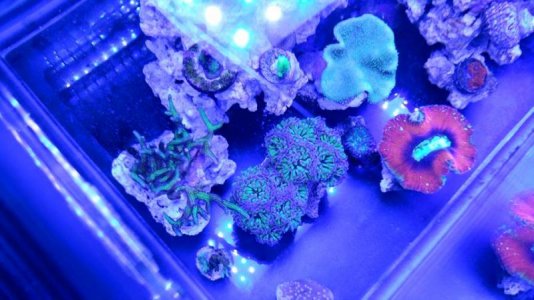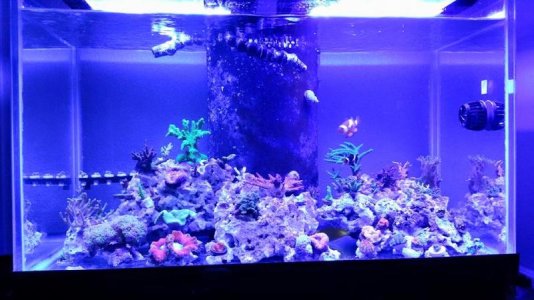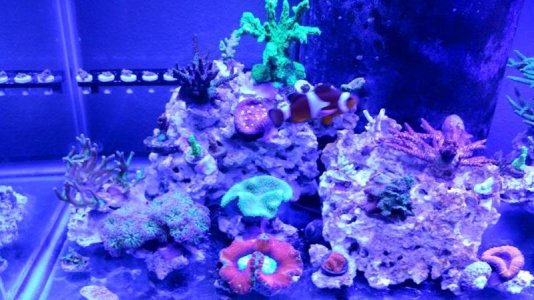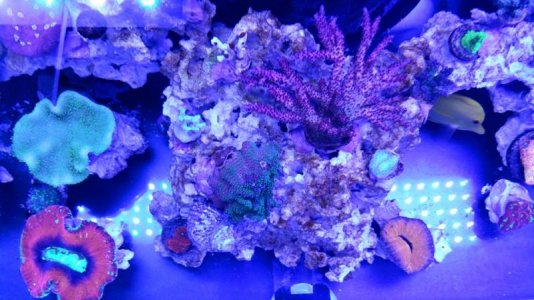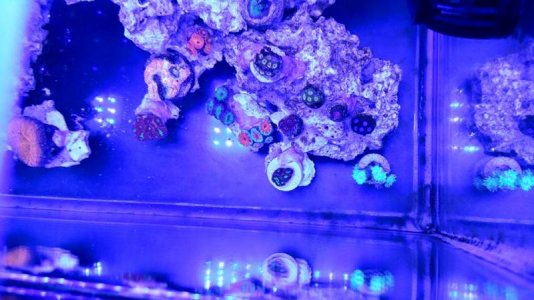It still looks like the red dragon (or of the same species but not necessarily that lineage) IMO.
Are you basing your identification by color or morphology? Morphologically, the red dragon pic, your pic, and the red dragon in my tank like very similar if not identical. Your picture looks in color similar to that deep water acro (that's not a species, I'm not great with knowing the deep water acropora species), but morphologically it looks totally different. Much thicker corallites.
Also worth noting: "deep water" is a VERY loosely used term in the hobby for acropora that is "smooth skinned". Smooth skinned does NOT mean that it originates from deep water.
I also disagree with it being an A. Carduus. AIMS's site on A. Carduus shows an almost similar corallite structure, but the overall growth pattern isn't familiar at all: AIMS Database on A. Carduus
This is A. Walindii, and looks much more closely to what I have as "red dragon" (from someone who bought directly from Tyree), and looks like yours as well: AIMS A. Walindii
To be fair, the pics that AIMS has of the A. Walindii colonies in the wild don't look the same as the scientific identification pictures later. The colony pictures in the wild look more like the scientific pictures of A. Rambleri, I wonder if they switched up the two pictures by accident, the scientific pics of one with the in-habitat pictures of the other? A. Rambleri on AIMS
Are you basing your identification by color or morphology? Morphologically, the red dragon pic, your pic, and the red dragon in my tank like very similar if not identical. Your picture looks in color similar to that deep water acro (that's not a species, I'm not great with knowing the deep water acropora species), but morphologically it looks totally different. Much thicker corallites.
Also worth noting: "deep water" is a VERY loosely used term in the hobby for acropora that is "smooth skinned". Smooth skinned does NOT mean that it originates from deep water.
I also disagree with it being an A. Carduus. AIMS's site on A. Carduus shows an almost similar corallite structure, but the overall growth pattern isn't familiar at all: AIMS Database on A. Carduus
This is A. Walindii, and looks much more closely to what I have as "red dragon" (from someone who bought directly from Tyree), and looks like yours as well: AIMS A. Walindii
To be fair, the pics that AIMS has of the A. Walindii colonies in the wild don't look the same as the scientific identification pictures later. The colony pictures in the wild look more like the scientific pictures of A. Rambleri, I wonder if they switched up the two pictures by accident, the scientific pics of one with the in-habitat pictures of the other? A. Rambleri on AIMS
Last edited:




